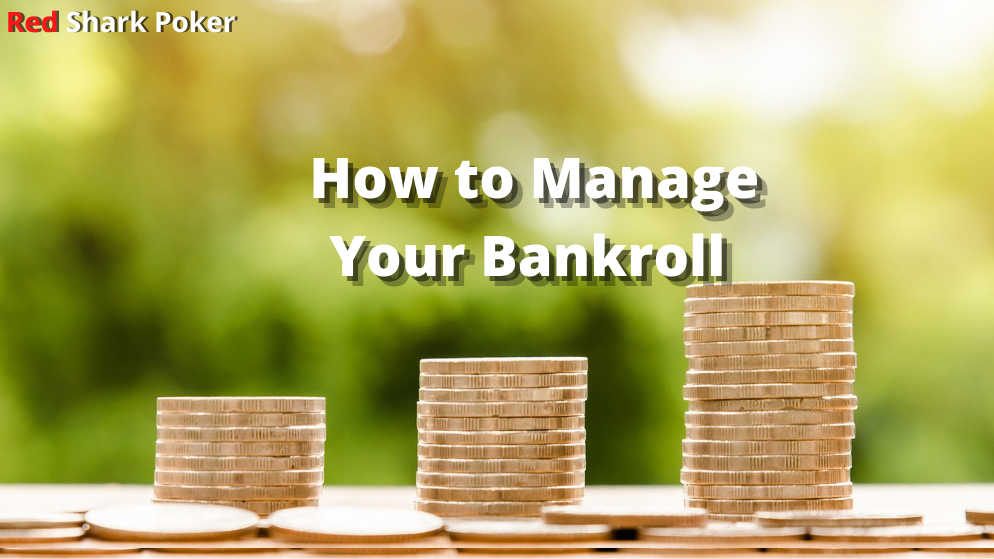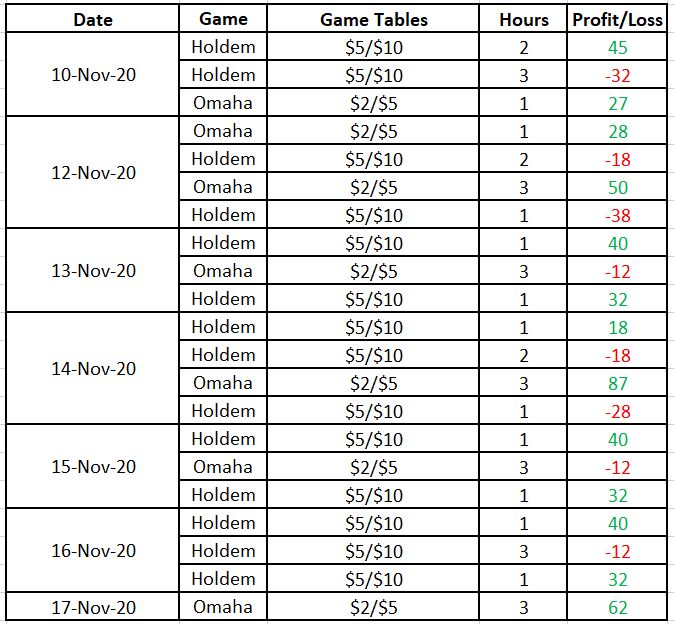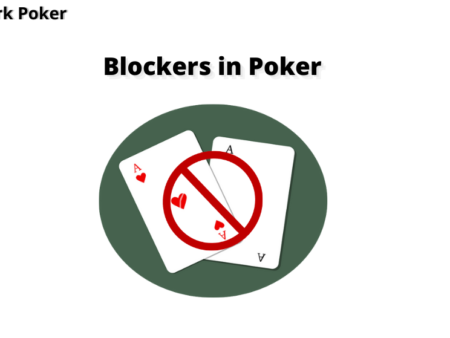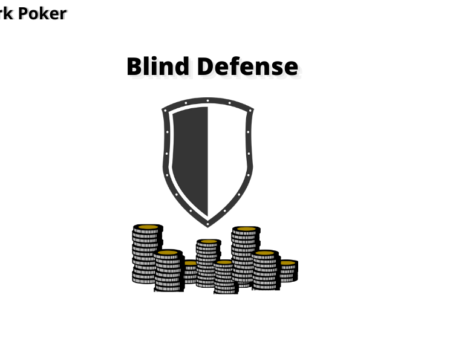

Bankroll management is one of the most talked-about topics in poker, and yet nobody takes it seriously. If you are not managing your bankroll well, you will probably end up with none. Defining your bankroll helps you to have a clear goal on how much money you are willing to invest in poker and what you can expect out of that investment. And, managing that bankroll will make sure that you never run out of it.
What is Poker Bankroll Management?
In order to understand bankroll management, you need to first understand the term ‘poker bankroll’. Poker bankroll is the total amount of money you want to use for playing poker. It is the amount that you have set aside for the sole purpose of playing poker. It does not include the money you have in your bank account or the salary you receive every month. It also doesn’t include the every-now-and-then deposits you make on poker sites or the occasional money you bring to offline poker games.
Poker bankroll is the overall sum of money you are prepared to risk for playing poker. For example, if you earn $1,000 a month and you decide to put $150 each month for playing poker – That will be your poker bankroll. So, $150 is your poker bankroll, and the rest of $850 is safely stashed for your rent, daily expenses, savings, etc. You need to strictly define your poker bankroll. No matter what happens, you will not add an extra buck to your poker bankroll. So, it is important to have a strict limitation on how much money you are willing to invest in poker.
With that strict restriction, comes the important role of managing your poker bankroll. This is broadly defined as poker bankroll management. It is the management where you put fixed and certain limits on your bankroll to avoid losing all of your money. Poker is a game of skill, but there are instances where you can lose money due to a bad run of cards. You must be prepared for that. If you manage your bankroll well, you will never run out of your entire bankroll. It’s as simple as that!
Why is Bankroll Management So Important?
If you are a casual player, don’t think that bankroll management is not important for you. Even if you are a casual player, you will still need to put a certain amount of money to play cash games. If you don’t set a limit to your casual play, you will never have a track of how much money you had spent in poker.
Poker Bankroll is an Investment
Playing poker is just like running a business. In business, you need an investment. Once you invest, you will definitely expect a Return on Investment (ROI). If you don’t know how much you have invested, you will never know if you are incurring losses or earning a positive ROI. So, if you consider playing poker as running a business, you will be serious about the investment and play your best game to earn a good ROI.
Bankroll Management Controls Your Variance
If you play with optimal poker strategies, you can make a good profit. However, things may not always go in your way. Although you played your best game, you may have a bad run of cards and end up losing money. Sometimes you win, and sometimes you lose! These “ups and downs” and “profits and losses” are part and parcel of poker. Such fluctuation is called variance. So, you need to have proper bankroll management to absorb the variances. Effective management will help you to deal with such variance so that you don’t lose your entire bankroll.
How to Manage Your Poker Bankroll?
Good management starts with setting your bankroll limits. So, what is the ideal bankroll limit? The answer depends on the type of player. Some devote more time and money to the game, while others opt for casual play. Therefore, the amount varies from player to player.
The first step in managing your bankroll is to find out which cash table and tournament suit you the best. You need to find that sweet spot where you are most comfortable. Once you finalize the table limit where you are most comfortable to play both tight and loose, you need to define your bankroll and set a limit.
Setting Up Your Bankroll Limits
As mentioned above, there is no ideal bankroll limit. However, it is recommended to have a bankroll of at least 20X the full buy-in of your preferred tables. So, if you are comfortable playing at $2/$5 tables, you should have a bankroll of at least $10,000.
Here’s the math: At a $2/$5 table, the Big Blind is of $5. A full buy-in is usually 100 Big Blinds.
$5 (Big Blind) X 100 = $500 (full buy-in)
20 X $500 = $10,000
Why You Should Have at Least 20X the Full Buy-in?
You must be wondering, “Isn’t it too much?” Actually, it’s not. Remember that poker bankroll is the amount you are solely keeping for the purpose of playing poker. If you are playing at $2/$5 tables, you are dedicatedly keeping $10,000 for poker. So, when you sit at a table with $500 (full buy-in), you are risking only 5% of your total bankroll.
There is also a psychological aspect. If you have 10X full buy-in, the bankroll will be $5000. If you lose 5 full buy-ins, your bankroll will deplete from $5000 to $2500. On the other hand, if you have 20X full buy-in and lose 5 full buy-ins, your bankroll will deplete from $10,000 to $7500. Although you have lost the same amount, the psychological impact is different. Losing 5 full buy-ins out of a bankroll of 10 full buy-in looks like a huge loss and you will end up playing to chase only losses.
Poker Bankroll Management Chart
For your quick reference, check out the bankroll management chart below for cash games. We have not added any currency. You can add the currency according to your own country.
| Blinds | Bankroll |
| 0.5/1 | 2,000 |
| 1/2 | 4,000 |
| 2/5 | 8,000 |
| 5/10 | 16,000 |
| 10/20 | 40,000 |
| 25/50 | 100,000 |
| 50/100 | 200,000 |
| 100/200 | 400,000 |
| 250/500 | 1,000,000 |
Track Your Poker Bankroll
An equally important aspect of bankroll management is to keep track of your profits and losses on the days you play poker. Note down the profit and loss made during the gaming sessions. You can create a Google spreadsheet and update it at the end of the day to keep track of your bankroll. Add as many categories you want to add to make a comprehensive poker tracking sheet. An example is shown below.

Tips to Avoid Losing Your Poker Bankroll
There are hundreds of tips on how to avoid losing your bankroll. However, the best tips are the ones that come from experience. You are the master of your own bankroll. So, with experience, you will formulate new strategies to avoid losing your bankroll. We can teach you some of the tips, and you can apply them in your games.
Select Your Tables Carefully
This is the foremost strategy to apply before deciding on your bankroll amount. Play at different tables and find out which tables suit you the best. You should be comfortable enough to risk the full buy-in at the selected tables. Even if you lose the full buy-in, it won’t burn a hole in your pocket as you still have 19X the full buy-in. You should be comfortable enough to 3 bet, c bet, bluff and even go all-in at your preferred table.
Read: Fundamentals of Table Selection
Choose the Right Tournaments
Another similar caution is to be selective of the tournaments you enter. Most of the online tournaments have very low buy-ins with attractive prize pools. However, these tournaments give you a very low starting stack with a re-buy option. Most of the players gamble and keep going all-in preflop to double their stacks. This can tempt you to go all-in, and you will end up losing your stack. You tend to re-buy and keep gambling by going all-in again. So, avoid these tournaments and join the ones that have a decent starting stack. Keep a limit on the number of re-buys and always play your best game in tournaments. You can check out the best online poker tournaments in our tournament review section.
Move Up with Caution
If you are making good profits and thinking of moving up a level, have a clear plan on how much bankroll you are willing to put at stake. When you are moving up or “taking a shot”, your bankroll might be comparatively smaller to support at the higher tables. Don’t sit at a higher table with a full buy-in. Play a few hands to see how you fare against those players. If you lose a significant amount of money, consider dropping down a level and play at your usual tables.
Conclusion
Always be realistic with your expectations. Don’t have unrealistic goals like turning $50 into $1000 on the first day. Focus on making steady profits, however big or small, and play within your bankroll. If you make good profits, don’t move up too much and risk losing all of your profits. Always play within your bankroll and have utmost discipline in bankroll management. The game of poker can have a lot of variances. However, with strict bankroll management, you can absorb all the downswings and play ahead to catch big upswings!




